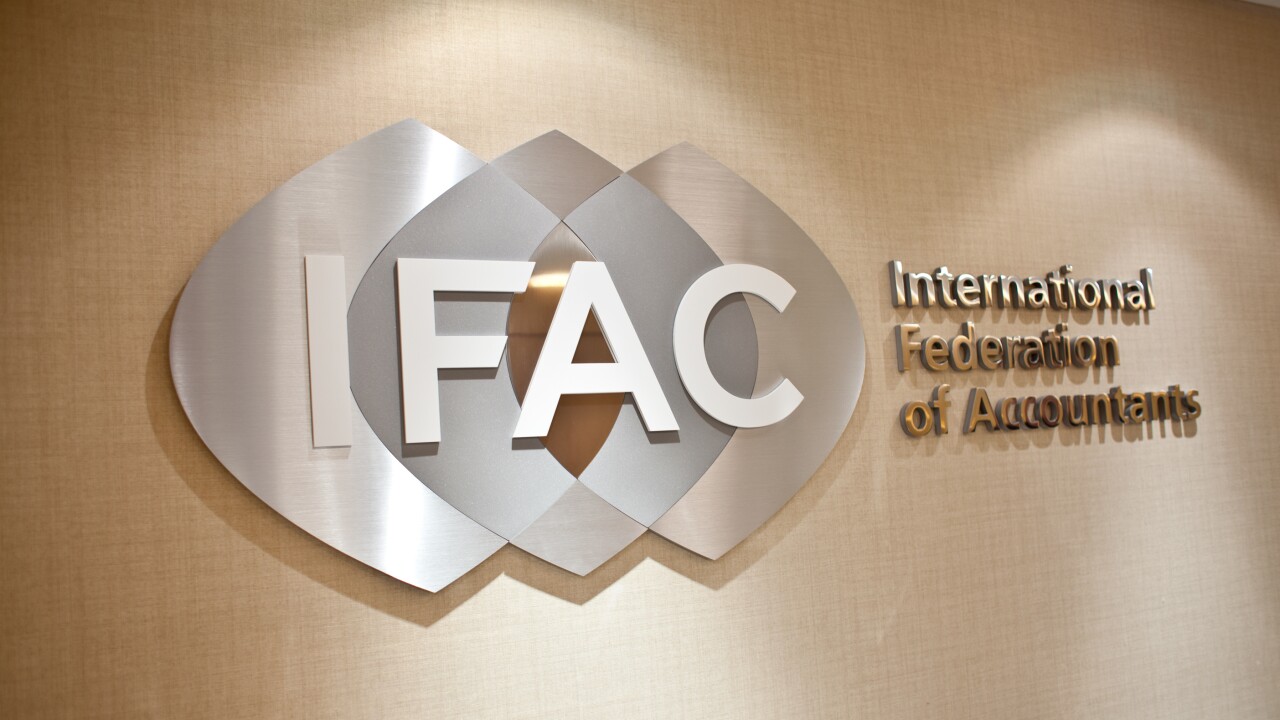In the realm of accounting, data accessibility has undergone a remarkable evolution over the past four decades. From manual ledger entries to sophisticated cloud-based platforms, the landscape of accounting data accessibility has transformed significantly, shaping the way financial information is managed, analyzed, and utilized.
Before exploring the opportunities this brings, it is important to delve into the journey of accessibility in accounting data over the last 40 years, highlighting key milestones, challenges and the transformative impact of technological advancements.
The 1980s: The Era of Manual Ledgers. The 1980s marked an era dominated by manual accounting processes, where ledger books and paper-based records were the primary means of storing financial data. Accessibility was limited, with information confined to physical files and documents. Accountants spent hours meticulously recording transactions, reconciling accounts and generating financial reports by hand. While this approach was labor-intensive and prone to errors, it laid the foundation for the digitization of accounting data in the decades to come.
The 1990s: The Rise of Spreadsheets and Desktop Software. The advent of personal computers in the 1990s brought about a significant shift in accounting practices. Spreadsheet software such as Microsoft Excel became indispensable tools for accountants, enabling them to organize data, perform calculations and create financial models with greater efficiency.
Desktop accounting software like QuickBooks and Peachtree emerged, offering small businesses and enterprises alike a more streamlined way to manage their finances. Accessibility improved as data became digitized, allowing for easier storage, retrieval and manipulation of financial information. Many of today's processes and practices are still stuck in this model.
The 2000s: The Emergence of ERP Systems. As businesses grew in scale and complexity, the need for integrated accounting solutions became apparent. The 2000s saw the rise of ERP systems, which revolutionized the way organizations managed their financial data. ERP platforms like SAP, Oracle and Microsoft Dynamics brought together various functions such as accounting, inventory management and customer relationship management into a unified system. Data accessibility improved significantly as information became centralized, enabling real-time reporting, analysis and decision-making across departments and locations.
The 2010s: The Era of Cloud Computing and Online Accounting. The proliferation of cloud computing in the 2010s transformed the accounting landscape once again. Cloud-based accounting software such as Xero, QuickBooks Online, and FreshBooks emerged as popular alternatives to traditional desktop solutions. These platforms offered anytime, anywhere access to financial data, enabling collaboration among accountants, clients, and stakeholders from any internet-enabled device. Data security and privacy became paramount concerns, leading to the implementation of robust encryption and authentication measures to safeguard sensitive information.

In recent years, advancements in artificial intelligence and automation have reshaped the accounting profession. AI-powered tools and machine learning algorithms are being used to automate repetitive tasks, analyze large datasets and extract valuable insights from financial data. Accessibility has reached new heights, with AI-driven chatbots providing instant support and virtual assistants streamlining workflow processes.
Data is now more accessible than it ever has been. But at the same time client and regulatory expectations are increasing, raising challenges and opportunities.
The next five years
Despite the remarkable progress made in enhancing data accessibility in the accounting vertical over the last 40 years, challenges persist. Issues such as data fragmentation, interoperability and regulatory compliance continue to pose hurdles for organizations seeking to leverage their financial data effectively.
However, these challenges also present opportunities for innovation and collaboration. Here are four main opportunities:
- Embrace the new data. By embracing emerging cloud and AI technologies, fostering data literacy, and adopting agile business practices, accounting professionals can leverage today's data landscape to unlock new possibilities for growth and success.
- Understand your data as fuel for AI. It is commonly known that the best way to advance AI is to "feed it data." Being able to extract high-quality standardized data from accounting packages will be key to ensuring quality and effectiveness of the AI.
- Data-driven approach. Random sampling can be (and should be) replaced by what we call "strategic sampling." Modern tools allow the auditor to analyze all the data, a task way too laborious and virtually impossible until now. With standardized data, the ability to run routines that comb through millions of transactions can be done in a matter of minutes and identify outlying exceptions that may need further investigation.
- Become advisory based. Over the next five years, advanced analytics will become common. Imagine those that refused to move to Excel from manual ledgers, and so were unable to run the latest tests. In the future, the value-add will be focused on interpreting and advising.
In conclusion, the journey of accessibility in accounting data over the last 40 years has been characterized by continuous innovation, technological advancements and transformative change. From manual ledgers to cloud-based platforms and AI-driven solutions, the evolution of accounting technology has revolutionized the way financial information is managed, analyzed and utilized. As we look to the future, the importance of standardized data in driving business performance and informed decision-making cannot be overstated.
This leads us to a true "data-driven" approach to financial audits and higher-value work with valuable insights into a business that only a CPA can deliver. The standardized accounting data will also be helpful for other services you perform for your clients, such as tax or M&A.
By embracing the opportunities presented by emerging technologies and addressing the challenges ahead, the accounting profession is poised to embark on a new era of growth, efficiency and value creation.





